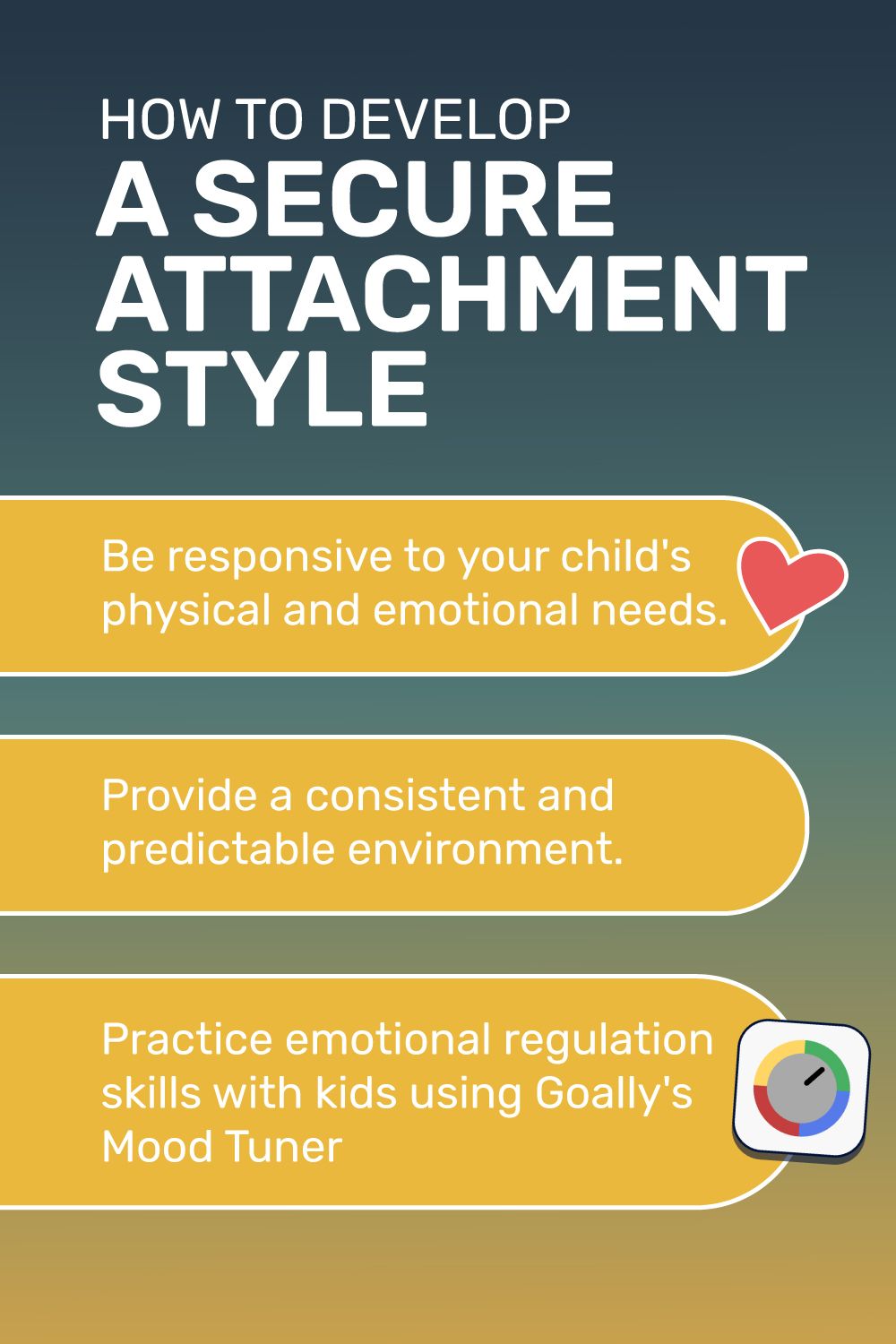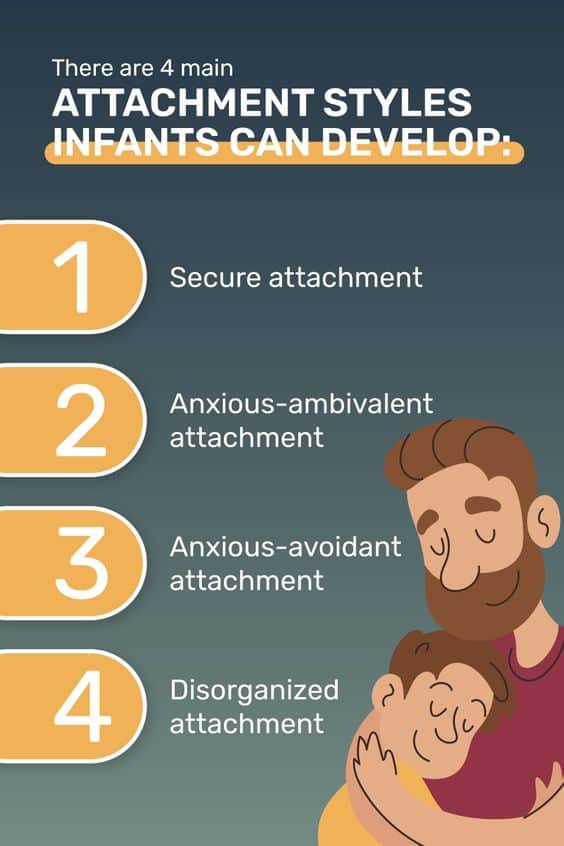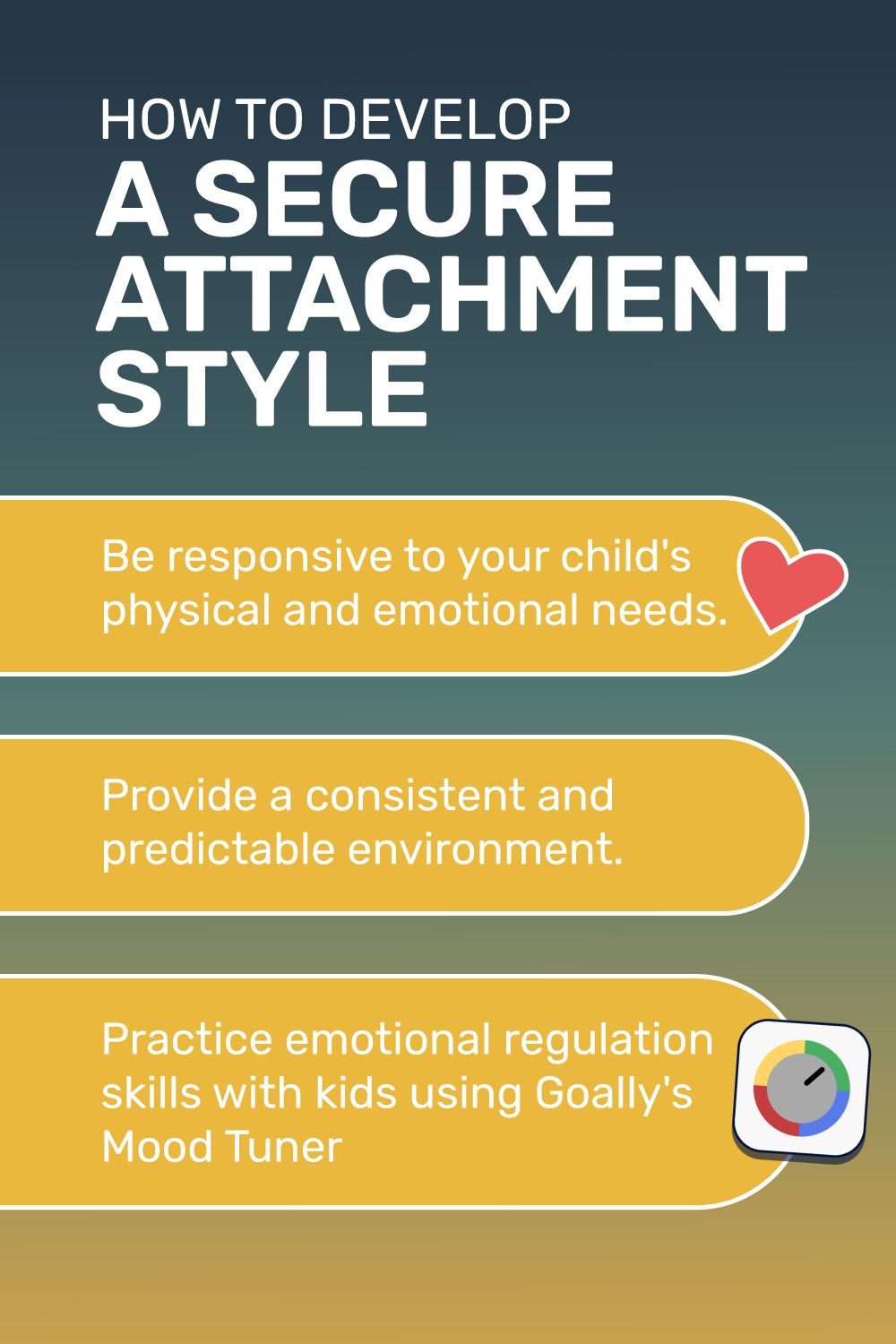Clinginess in neurodivergent children can be managed effectively through understanding, communication, and strategic interventions. Here’s how:
- Communication: Talk openly with your child about their feelings and fears. Use simple words and visuals if needed. For instance, if they’re worried about you leaving, show them a picture of where you’ll be and when you’ll return.
- Predictable Routine: Establishing a consistent daily routine can provide a sense of security. Use visual schedules, like those available on Goally, to help your child anticipate activities and transitions.
- Gradual Exposure: Gently introduce your child to situations that trigger clinginess. Start with short periods of separation and gradually increase the time, reassuring them that you’ll return.
- Positive Reinforcement: Praise and reward your child when they handle separation well. Use a star chart on Goally to track progress and celebrate achievements.
- Teaching Coping Strategies: Teach your child simple coping techniques like taking deep breaths or using a comfort object. These strategies can empower them to manage their emotions independently.
With consistent support and the right strategies, many neurodivergent children can learn to manage clinginess and develop coping skills. As they grow and gain confidence, clingy behavior often diminishes, allowing them to navigate their world more independently.















